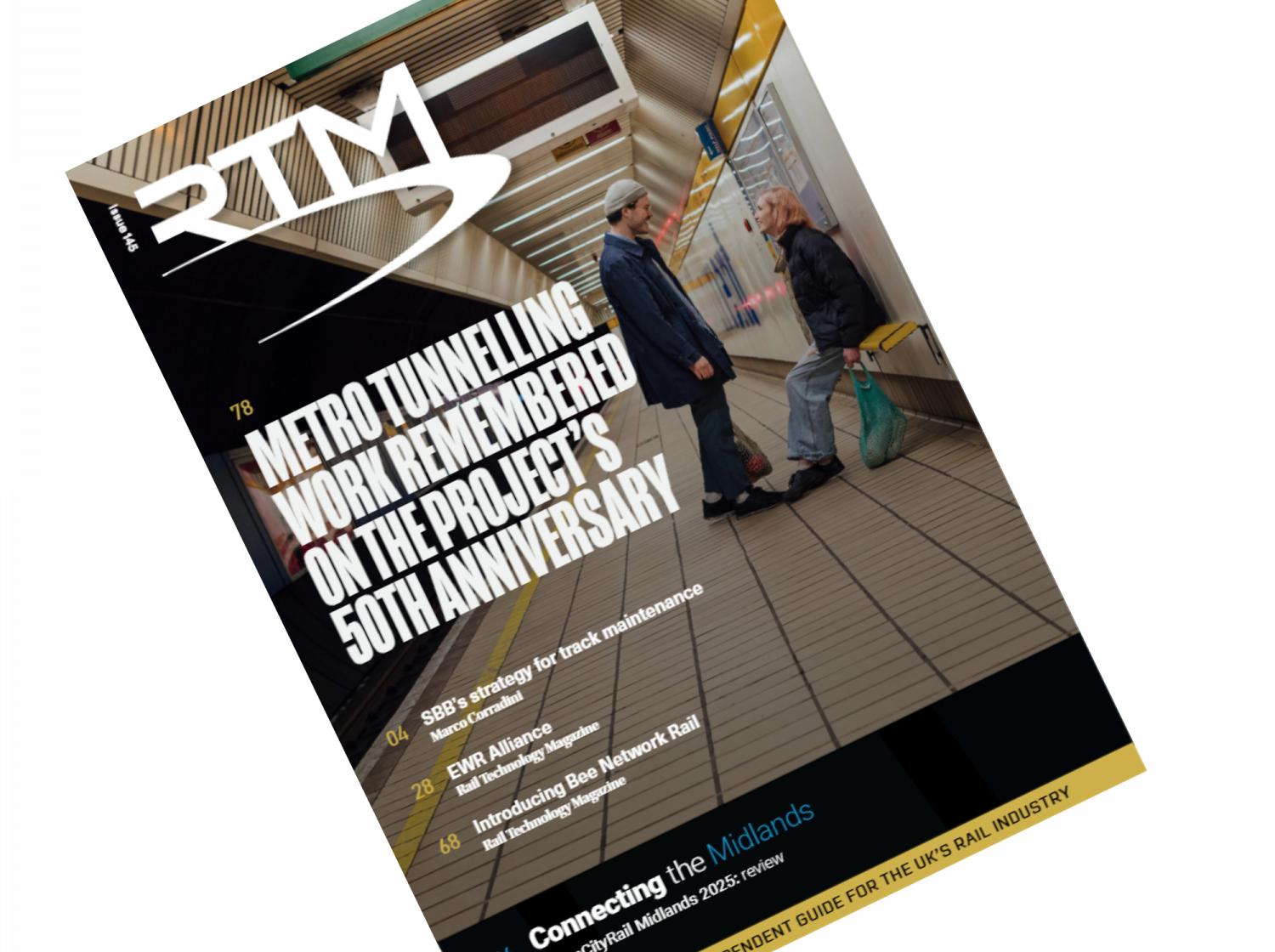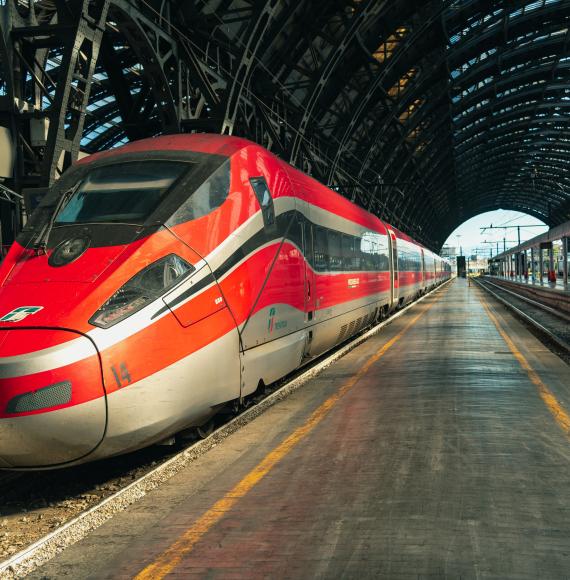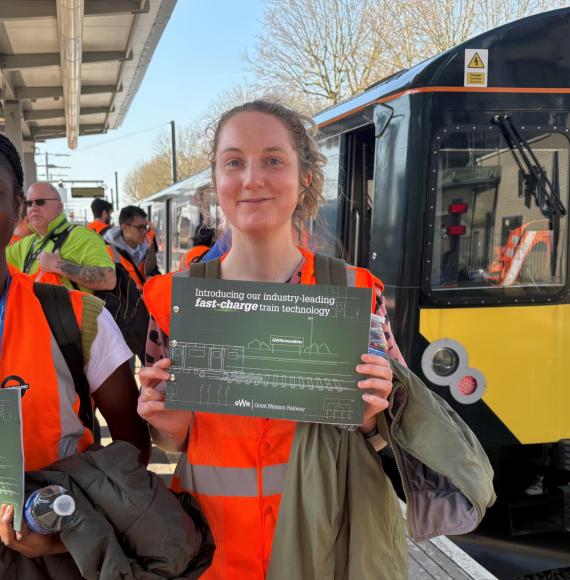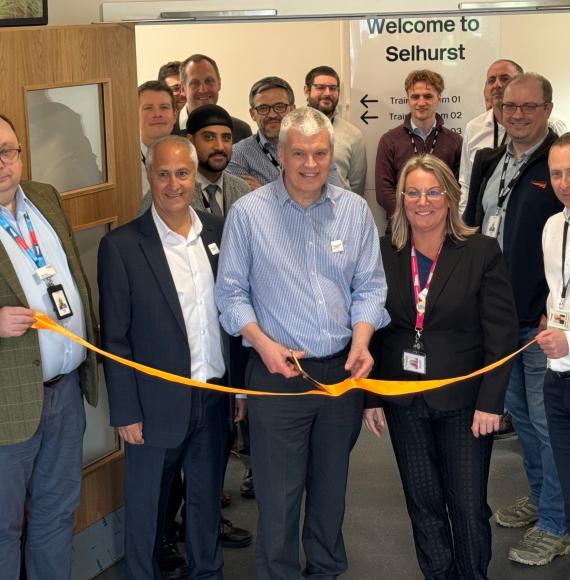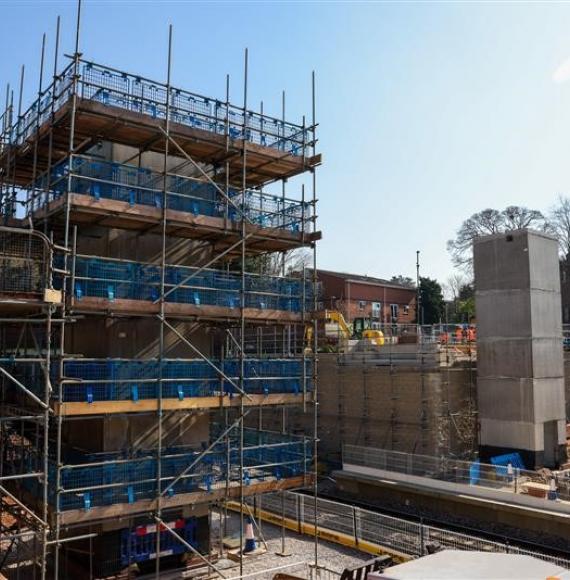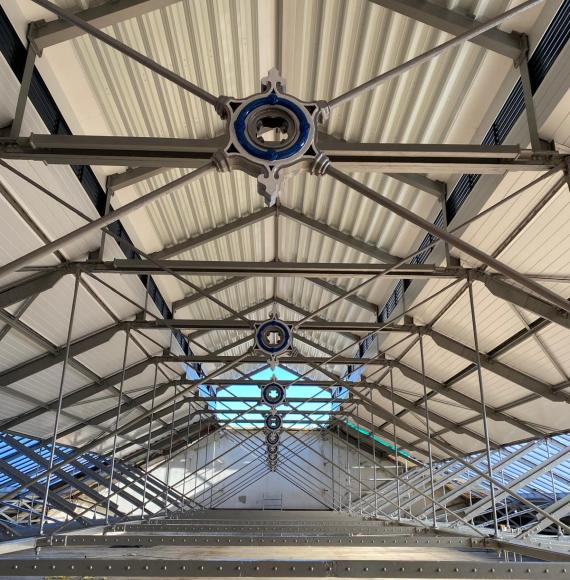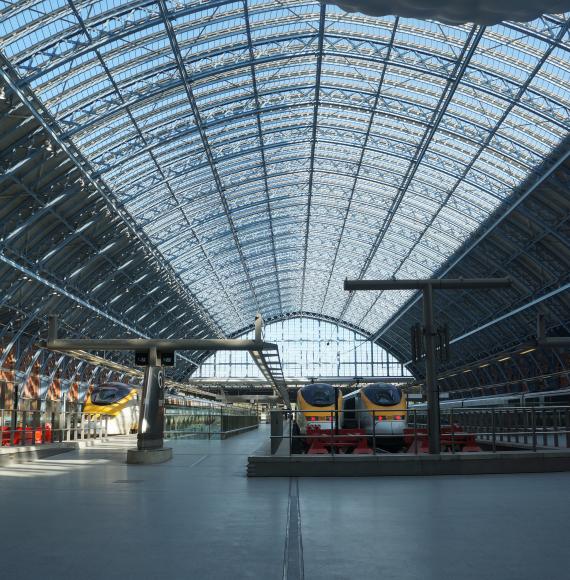Pioneering fibre optic technology, that can sense micro ground movements in embankments and cuttings, is currently being tested by HS2 at one of their sites.
Through a joint programme at HS2’s Chilterns tunnel south portal site, the University of Cambridge’s Centre for Smart Infrastructure & Construction (CSIC) and geosynthetics manufacturer HUESKER have combined technological proficiency to produce “Sensorgrid”, a standard ground-stabilizing mesh woven with fibre optic cables.
The technology would help prevent landslips and detect the formation of sink holes.
Early intervention following the discovery of movement could provide huge savings in maintaining HS2 embankments and railway cuttings, on top of the broader railway and road networks.
Following the increasing occurrence of extreme weather, the technology could minimise the effect of fluctuating ground conditions caused by the climate.
Project contractor Align, its designer, Jacobs, and infrastructure monitoring company, Epsimon also make up part of the team.
HS2 Ltd Innovation Manager, Rob Cairns, said “Sensorgrid is a great example of how we’re leveraging HS2’s size and scale to draw on British expertise to develop a technology and demonstrate its innovative capability in the early stages of construction.”
He added, “this will act as a test bed for proving out significant benefit to the operational railway, with long term benefits in bolstering the resilience of the UK’s transport network.”
The group of experts set up a test pit at the site to trial the smart grid technology by generating ground movement. Heavy-duty water-filled bags were then placed at the bottom of the pit, whilst sections of Sensorgrid were laid over it and then buried.
Monitoring equipment then prompted pulses of light that travelled through the fibre optic cable.
To trigger ground movement, water was then released from the bags which consequently caused the weight of the ground above to move and strain the mesh, causing a change in characteristics of the light pulsing through it.
The successful trial has proven that Sensorgrid technology can effectively detect small ground movements from the get-go, compared to traditional ground monitoring methods.
Not only would it result in reduced disruption but would cost up to 10 times less than the rate of repairing ground that has failed.
Throughout the year, sections of the current Victorian railway from Cornwall and Kent to Scotland suffered landslips due to heavy rain, causing disruption to services.
The new modern railway being built by HS2 will now be able to withstand more extreme weather conditions compared to its older lines.
Align’s Innovation Manager, Nick Podevyn said “a lot of hard work has gone into this innovation, which has been in incubation for more than a year. It has been an exemplar of open collaboration and working as one team to deliver the solution."
He added, "it’s fantastic to see the prototype being physically tested on our site and then the technology being implemented on the live project.”
The technology is now undergoing a full scale, live trial at HS2’s South Portal site near the M25 motorway, with 2km of Sensorgrid already integrated into a cutting for the railway, and the monitoring team will have access to continuous data across the next two years.



